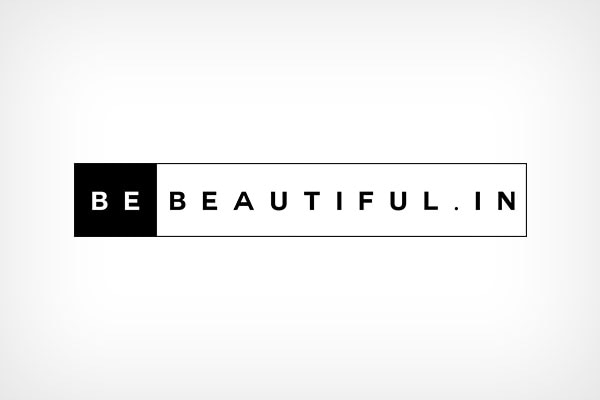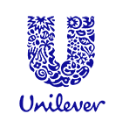- Harmonize with Ikebana
- Intermingling with Indian culture
- Bring the art of Ikebana home
- Getting inspired
Harmonize with Ikebana

It brings out creativity and spreads a sense of calm and quiet to the arranger and those viewing the creations. These can be put together with the most common flowers, leaves and twigs from the garden and field or exotic ones from the florist.”
Intermingling with Indian culture

Interestingly Ikebana has origins connected to India through Buddhism. The practice of placing flowers by the Buddhist priests at the shrines in Japan developed over the centuries into the art form of Ikebana. Traditionally we as a nation have practiced the art of floral decorations at home as garlands, we wear them in our hair, at places of worship, in floral rangolis and more. So the floral art of Ikebana can be perceived as extension of our culture.
Bring the art of Ikebana home

Most modern urban homes have space constraints. The beauty of this art is in its simplicity. Arranging just three leaves or stems and a flower in a cup and saucer, a common home utensil or container can turn out to be exquisite and liven up any living space.
Getting inspired

Any art form, be it Ikebana, sculpture, painting or dance has the aesthetics of line, form, colour and other such elements. Seen with a keen and creative eye, the connection is just a natural step for the mind. Reddy, in her book "Petals & Palette" re-interprets the works of M.F. Husain through Ikebana. Talking about her insipiration, she says,"Every piece of M F Husain’s has bold strokes and colours and subtle suggestions of a deeper meaning. It is satisfying to tickle the mind into finding connections in different art forms."
















 Privacy Notice
Privacy Notice
Written by Nazneen Joshi on 29th Apr 2014